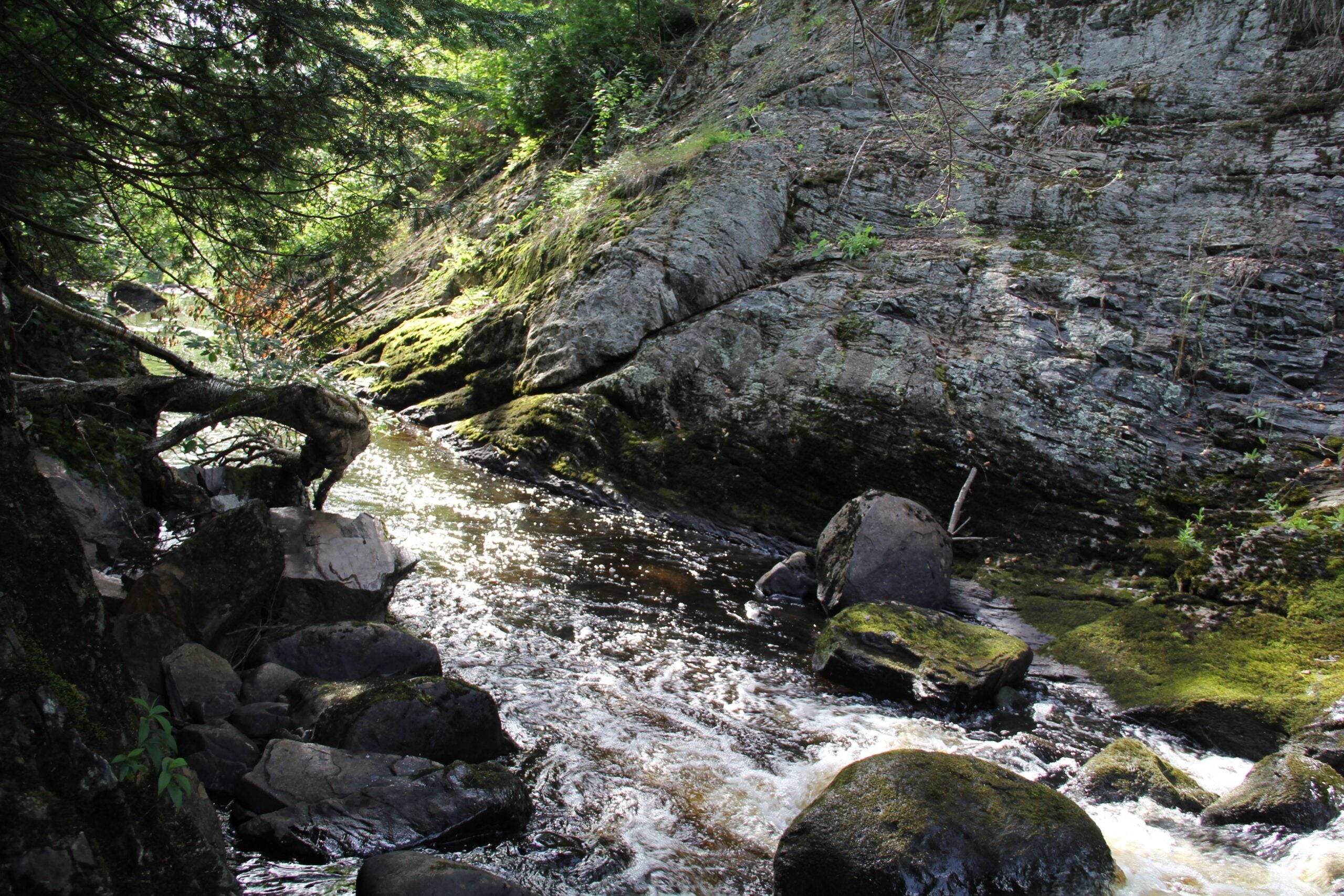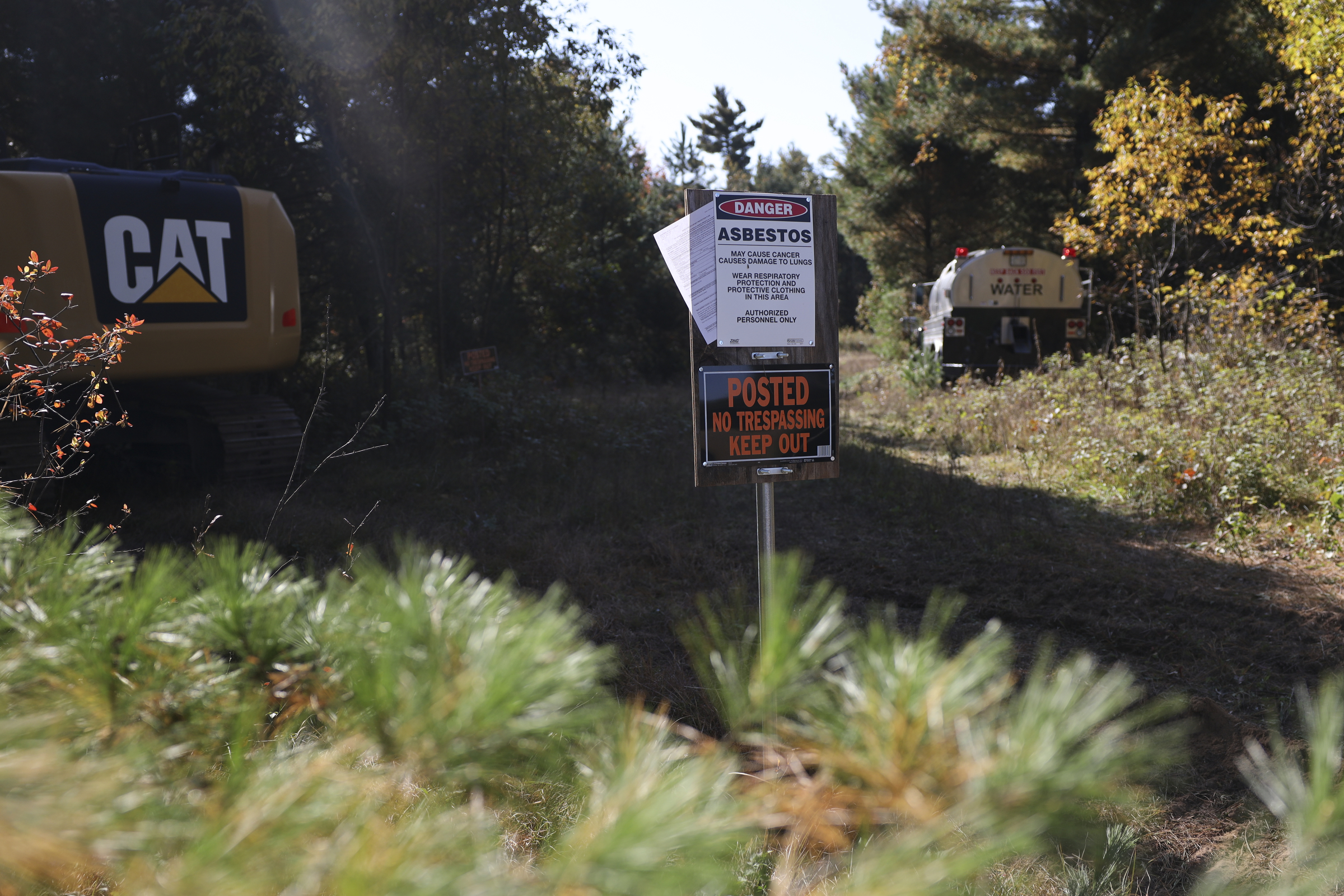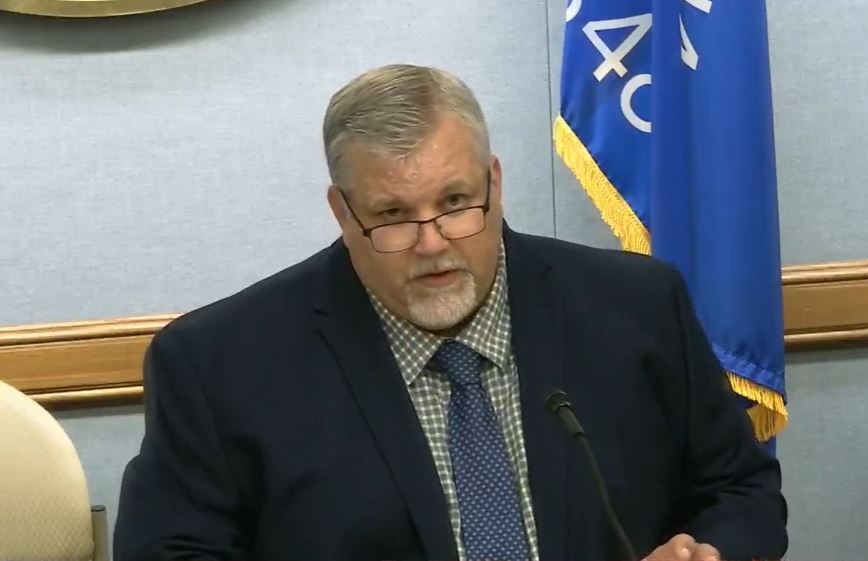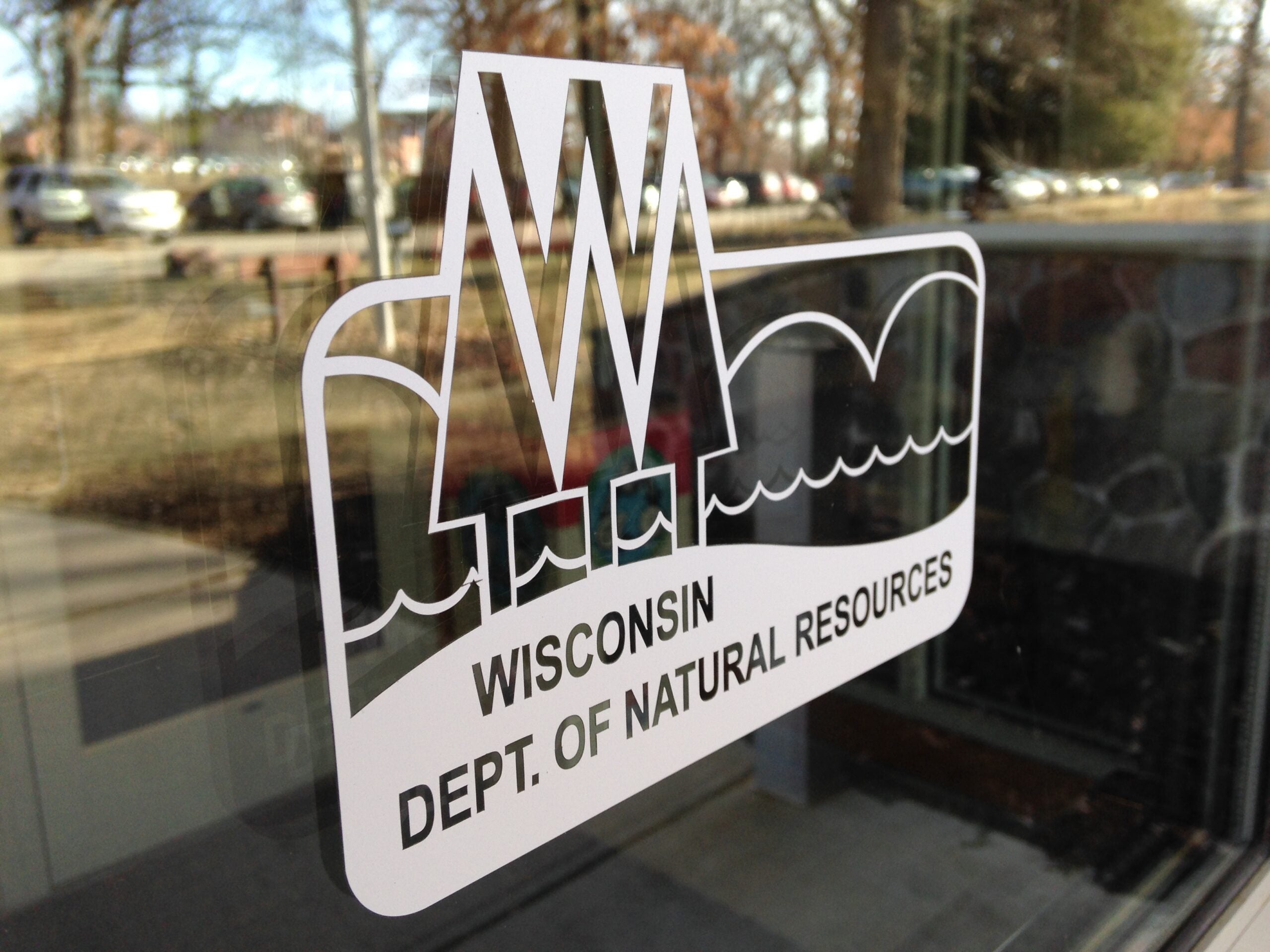An iron ore mining report done for the Department of Natural Resources, meant to be an internal risk assessment, has stoked a heated debate over the agency’s role in the proposed mine’s development.
Mine backers accuse the DNR of sketching a doomsday scenario, while mine opponents say this leaked document shows the agency is more about politics than geological facts.
The 100-page report outlines 14 possible problems that could come from the largest open pit iron ore mine in North America. It ranges from acid mine drainage into creeks, wetlands and the Bad River watershed, to the presence of asbestos-like fibers, sulfides and mercury.
Stay informed on the latest news
Sign up for WPR’s email newsletter.
But none of the information is considered new. It was old news for anyone who has followed the public hearings and comments over the past two-plus years. But now, Democratic State Sen. Bob Jauch says it’s being used as a way to discredit the Department of Natural Resources by Milwaukee-based Media Trackers.
“The fact that Media Trackers is a conservative group and the company is offended makes me think that it’s probably a pretty responsible document,“ Jauch said. ”It does seem like there are inconvenient truths: the company wants to be in denial that there are sulfides, they want to be in denial that there is asbestos and then they want to attack anyone who doesn’t share their total belief.”
The Penokee Range is in Jauch’s district. He says he doesn’t oppose the mine, just the new permitting process approved by the Republican legislature and governor. He says the report isn’t and shouldn’t be a political document.
Gogebic Taconite spokesman Bob Seitz says the DNR report shouldn’t have been released until exploratory bore holes are drilled and examined. “It’s ridiculous to make assumptions based on the level of information that they have.”
Seitz says the document is simply a rundown of arguments used by mining opponents, “which left a lot of factual errors as well as projecting outcomes of things from very little fact.”
Although Seitz says the DNR didn’t use information from mining companies, the report cites information from nine taconite processing facilities on Minnesota’s Iron Range.
Bad River Tribal Chairman Mike Wiggins says the report was never given to any of the Lake Superior Chippewa bands. That Media Trackers got it, he says, is an indication that DNR scientists are being pushed aside by Republicans in power.
Wiggins says GTAC is using the report for spin and damage control, “for talking the truth relating to asbestos up in the hills there. What can we expect in the future from the DNR? Some of the professional DNR employees having to ‘resign to the private sector’ under duress?”, he asked. “Will we see the shifting of permitting responsibility move away from DNR professionals under a mining czar?”
Media Trackers spokesman Brian Sikma won’t say who leaked the report to them or why, but he says the document is a signal that DNR staff is biased against the mine.
“What they wrote in that report was a series of apocalyptic predictions. Some of the aspects that they talked about would only apply to sulfide mining, they inflated concerns that really belong in other areas of mining but don’t really have anything to do with open pit mining if the GTAC mine were to get approved,” Sikma said. “They also didn’t inflate other concerns, really trying to take this to an extreme.”
DNR Science Bureau Director Jack Sullivan defends the report. “Well, I had never heard of Media Trackers, to be honest with you, so I was a bit surprised when I saw their take on the report,” Sullivan said, “because obviously we don’t feel that was an accurate portrayal.”
Sullivan says it wasn’t a doomsday document. It was simply a list of potential taconite iron mining hazards facing northern Wisconsin.
Wiggins agrees with Media Trackers on one point: he says this is a doomsday report for his people, so he’d like an independent investigation the circumstances surrounding its release. “Because the open pit mine in the Penokees has genocidal connotations for the Bad River Tribe and the people of Ashland and Iron County, I do believe an investigation would be proper.”
The DNR’s Sullivan says the document wasn’t a secret or cover-up, but it’s taken on a life of its own.
Wisconsin Public Radio, © Copyright 2024, Board of Regents of the University of Wisconsin System and Wisconsin Educational Communications Board.






